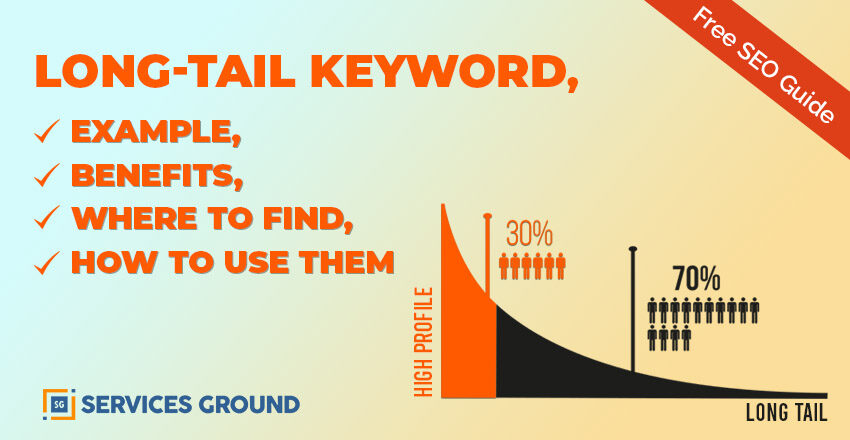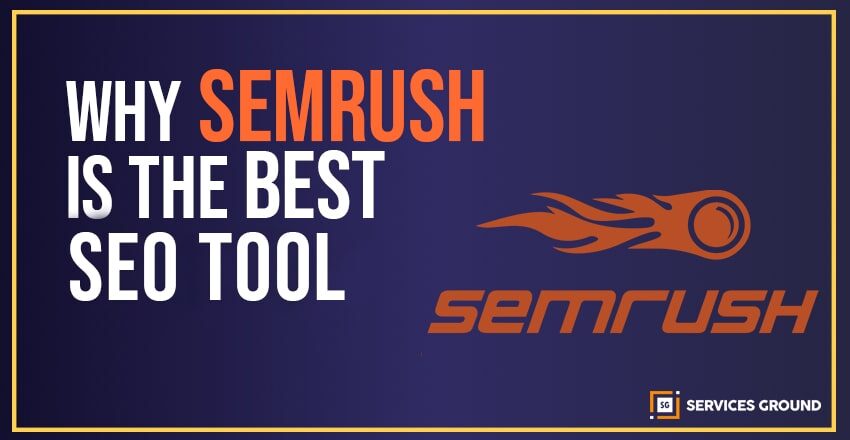Long-tail keywords are longer and more descriptive keyword phrases that tourists are more likely to use when they are closer to the point of purchase or when using voice search.
Further, long tail terms appear to be longer (3 + words) than most other keyword forms.
Long tail keywords example:
Instead of targeting “office shoes,” which is highly competitive, you would rank highly if you target the “Best Dr. Martens office shoes” in your title and build very useful content around that keyword.
Most of the brands that have studied and targeted long-tail search words have seen a jump in organic traffic and rankings, but that doesn’t mean you won’t face challenges.
Why Long Tail Keywords Are Important For SEO?
Focusing on long-tail keywords is a great SEO technique, long-tail keywords get less search traffic, but will typically have a higher conversion value as they are more descriptive. They help you to slowly but surely get more traffic and find new and inspired audiences. In order to really benefit from a long-tail keyword strategy, you should have a clear vision of your company, your product, and your website.
Make Your Mission To Define Long-tail Keywords.
The definition of your task, in which you make crystal clear what the glow of your product, site or blog is, should be essential to choosing the long-tail keywords you want to rank. Trying to rate your website for a specific term can be very lucrative Unless this specific term is similar to the product you sold.
Where To Find Long-tail Keywords.
Thankfully, discovering long-tail keywords is a breeze thanks to Google Suggest (also known as Google Autocomplete).
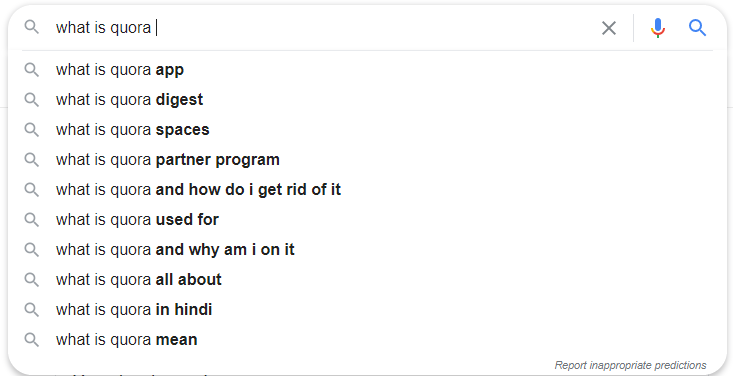
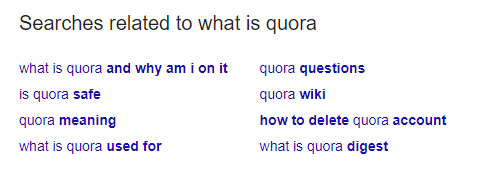
Use Answer The Public.com
Find Question based long-tail keywords with this awesome tool.
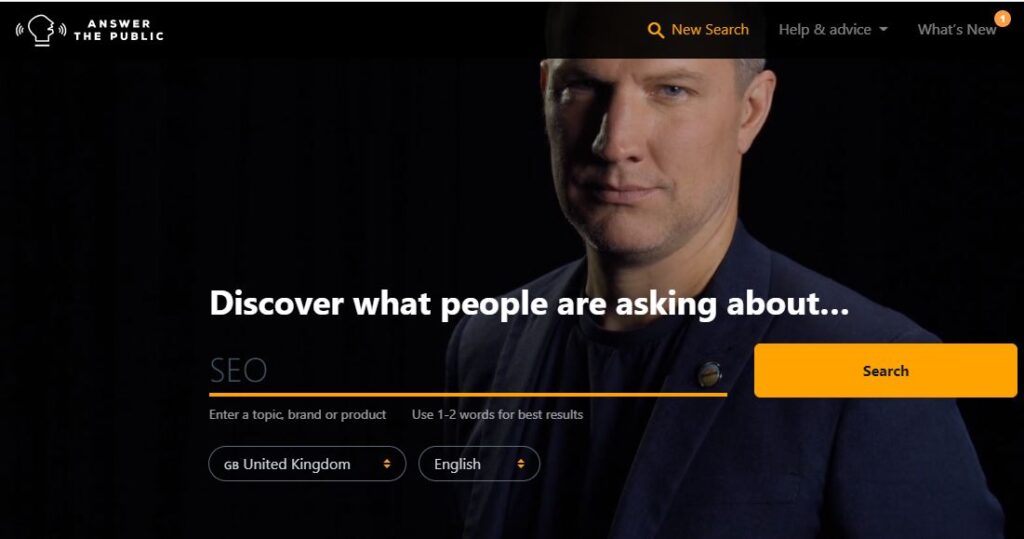
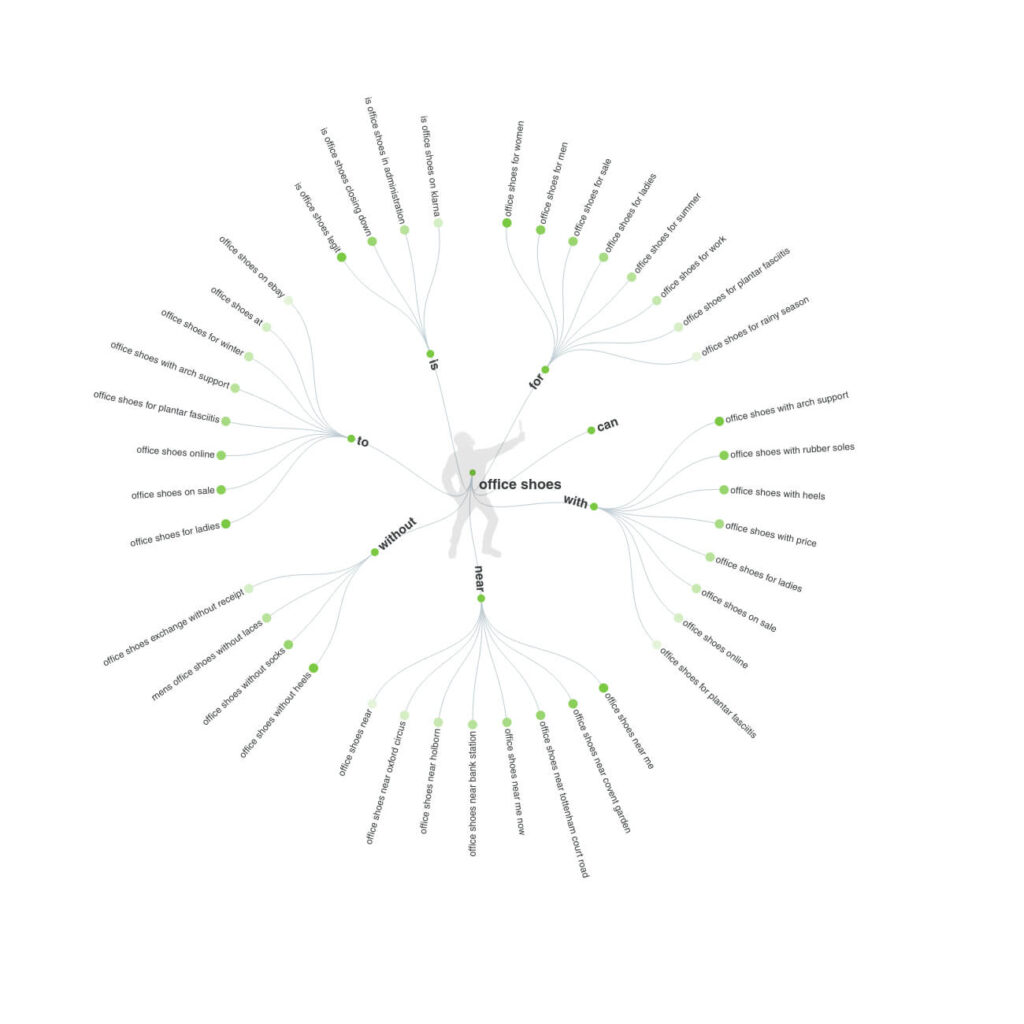
How To Use Long-tail keywords.
- Start by finding a keyword and writing content based on it, instead of going the other way around. That way, you know you’ve got an integrated audience. You would also want to use a different keyword for each big piece of content (such as a website or blog post).
- Incorporate the keyword in different sites, but be careful not to overuse it. Long-tail keywords appear to stand out more, and if you use some other paragraph, readers may catch on. Try using it in the title, at least one header, the first line, and sometimes the whole text.
- Make sure you use the keyword, of course, rather than stuffing it into sentences where it doesn’t belong.
- Attach the keyword to other key locations, such as the meta summary of your content and the Alt text of your images.
Read more Articles, and follow us on Facebook, Twitter, Instagram
